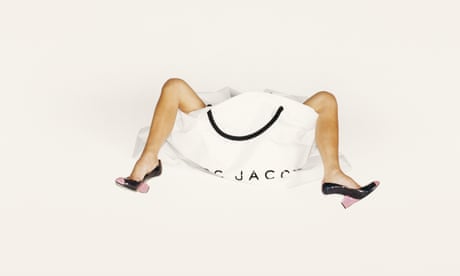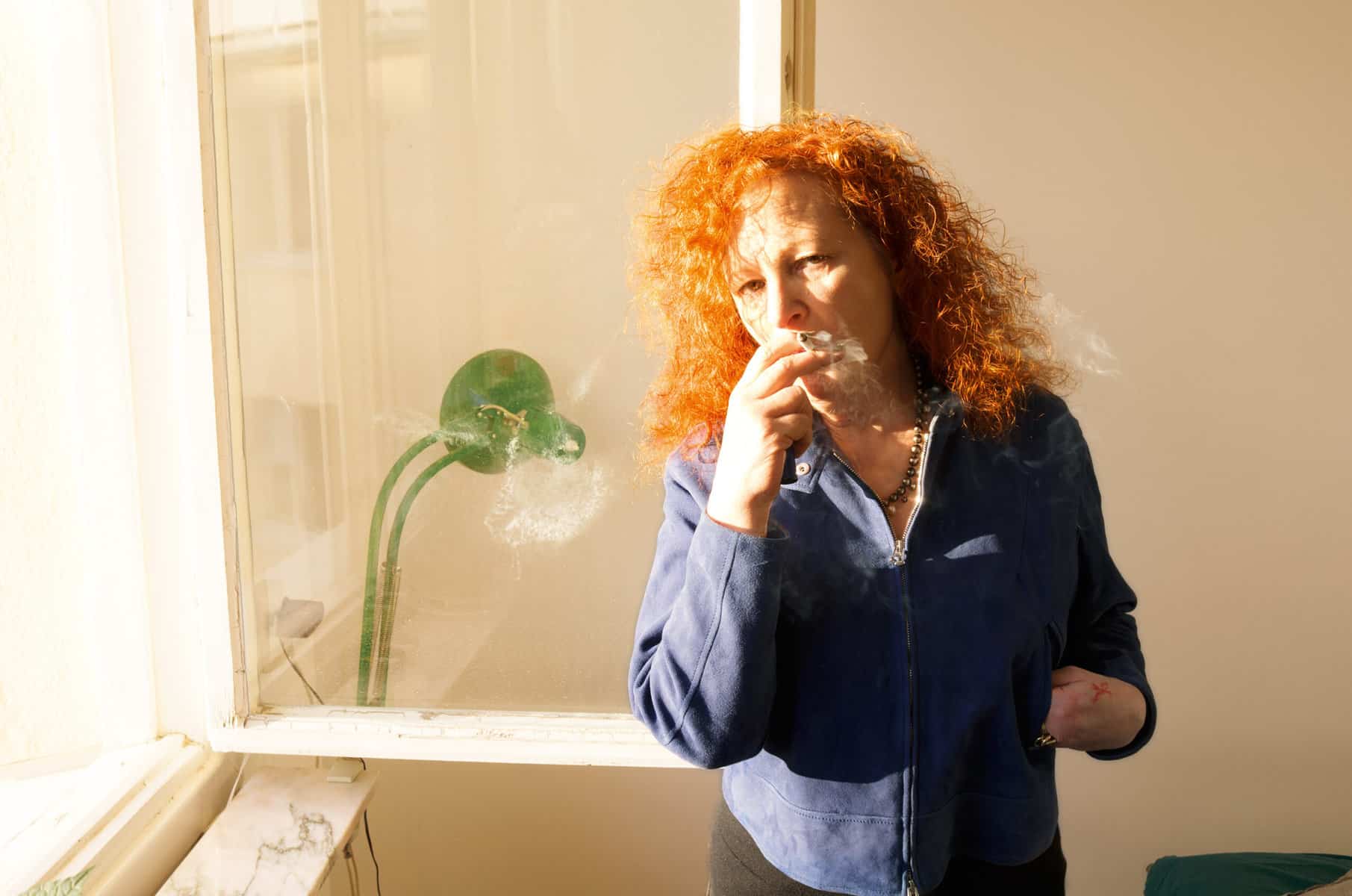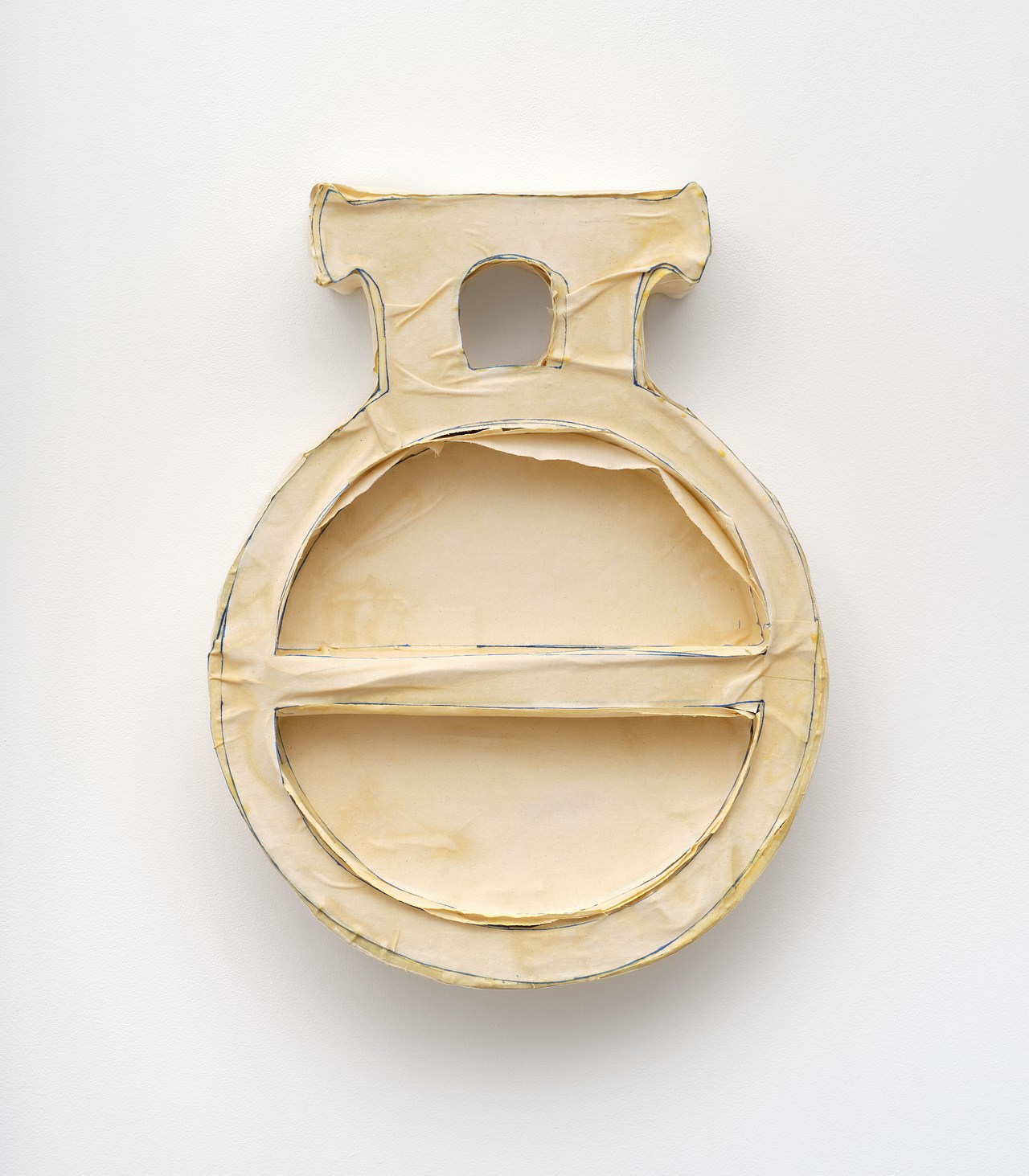Civil Society
2021 - Drawing & Print (Drawing & Print)
58.5 x 75 cm
Marwan Rechmaoui
Throughout his career, Marwan Rechmaoui has maintained a drawing practice. During the Covid-19 pandemic lockdowns the artist spent his evenings recording thoughts and imagery on paper, inspired by events happening around him, music, his garden, and the news. These drawings are contemporaneous in their concerns and are indexical of a destitute time and space in the aesthetics they conjure. They invite audiences to embrace disidentification as a legible mode of relating to and dealing with the social relations and material conditions they navigate and operate within. In Civil Society , Rechmaoui draws the portrait of a goat atop that of a wolf, with inscriptions in Arabic that translate to “IGNORANTS” and a quote conveying that, in order to gesture towards an exit door, one needs to bloody their hands. The drawing serves as a critique of instances that took place during the October uprisings in Lebanon, in which independent political parties and non-governmental organizations belonging to civil society presented themselves as alternatives to the Lebanese sectarian-clientelist regime, but were either in bed with the ruling class or unable to truly enact change due to their technocratic and non-violent approaches.
Marwan Rechmaoui draws on the urban and material fabric of the city to construct a sweeping and visceral historicity of Beirut’s atomized and contested narratives. His practice deploys both scholarly and embodied knowledges of architecture, language, oral history, literature, and economics to articulate some of the major questions of a ‘generation’ of artists. Rechmaoui’s work reveals, through unapologetically formalist methods, the violence of nationalism, collective identity, and social class structures. Through works such as Blue Building , Monument for the Living , If I Only Had a Chance, Spectre , The Coop , and the Pillars and Tapestries series, he demonstrates that materials such as concrete, rubber, tar, wood, and glass, when used to map a seemingly trivial neighborhood or replicate a building, can act as informed substances, archival records, or even living testaments to an epoch. The materials Rechmaoui uses form a politico-aesthetic proposition through which a multi-layered city and its native, exiled, and refugee inhabitants can identify their respective pasts, investigate a shared present, and speculate on potential futures. Rechmaoui’s oeuvre conveys the histories and complexities of our quotidian landscapes, as well as captures the sustained maneuvers of violence and legacies of collective struggle that permeate the walls and roadways of our cities and built environment.
Colors:
Related works sharing similar palette

© » KADIST
Barbara Bloom
1997In the 1980’s, while browsing Parisian fleamarkets, Barbara Bloom stumbled into an anonymous watercolor (dating to around 1960) in one of Paris’ fleamarkets, probably a study made by an interior designer for a bedroom...
![Diálogo [Dialogue]](https://kadist.org/wp-content/uploads/2023/10/Dialogo-1-scaled.jpg)
© » KADIST
Patricia Belli
2000In the mid-1990s, Belli started to create soft sculptures that allowed her to reconnect with manual labor and sewing learned from her seamstress mother...

© » ARTNEWS REVIEWS
Black Figures, Modern Art Enter the Met’s European Painting Galleries – ARTnews.com Skip to main content By Alex Greenberger Plus Icon Alex Greenberger Senior Editor, ARTnews View All November 20, 2023 10:31am Pablo Picasso joins El Greco in the Met's new European paintings presentation, which expands the purview to include modern art...

© » ARTS EQUATOR
The Substation: An unstoppable force and an immovable object | ArtsEquator Thinking and Talking about Arts and Culture in Southeast Asia ArtsEquator Viewpoints The Substation's Facebook page, taken by Mish'aal March 9, 2021 By Nabilah Said, with additional reporting by Ke Weiliang On Saturday, 6 March 2021, almost 300 members of the arts community came together in a Zoom Townhall to discuss the fate of independent arts centre The Substation...

© » KADIST
Nao Bustamante
2010Silver & Gold combines video, performance, and original costumes into a self-proclaimed “filmformance” that evokes the legendary filmmaker Jack Smith and his tribute to 1940s Dominican movie starlet Maria Montez in a magical and joyfully twisted exploration of race, glamour, sexuality, and the silver screen...

© » KADIST
Che Onejoon
2018Che Onejoon’s unsettling video My Utopia opens with a round table of women asking and answering the questions “Who am I? Where did I come from? Where should I go?” One of the women featured is Monique Macías, the daughter of Francisco Macías Nguema, the first Prime Minister of Equatorial Guinea...














